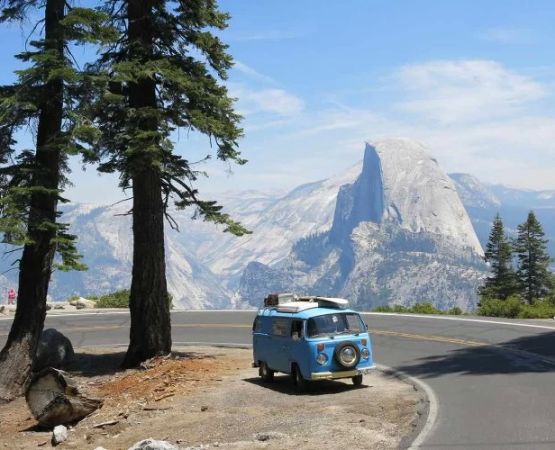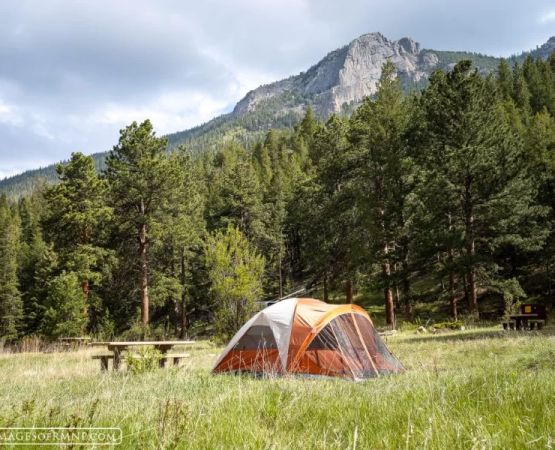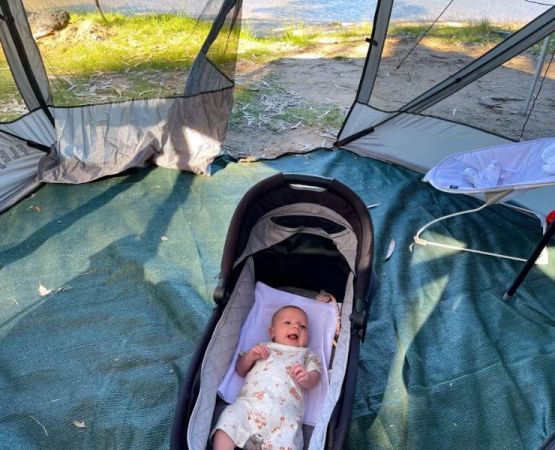- understanding-escarpment-ridge-camping - What makes ridge zone camping unique
- choosing-the-right-location - Finding safe and scenic ridge campsites
- essential-gear-and-preparation - Must-have equipment for ridge camping
- weather-and-safety-considerations - Managing high-altitude conditions
- environmental-awareness-and-ethics - Protecting fragile ridge ecosystems
- real-experiences-from-campers - Stories from ridge zone adventurers
- why-choose-pine-cliff-resort - Expert help for planning ridge camping trips
1. Understanding Escarpment Ridge Camping
Camping in escarpment ridge zones is one of the most breathtaking outdoor experiences you can have. These elevated formations, with sweeping views and crisp air, attract seasoned adventurers seeking solitude and challenge. However, ridge camping is also more demanding than traditional forest or lakeside camps. The terrain is rugged, the weather unpredictable, and preparation is key to safety and enjoyment.
The term “escarpment” refers to a long, steep slope separating two levels of land, often formed by erosion or geological shifts. In regions across the United States — from the Blue Ridge Mountains to the Niagara Escarpment — ridge zones offer stunning vantage points but require awareness of wind exposure, limited water access, and minimal flat ground for tents.
2. Choosing the Right Location for Ridge Camping
Before setting up camp, it’s essential to understand the geography of your chosen ridge. Some zones have designated camping areas with limited permits, while others require backcountry registration. Always check local regulations to avoid fines or damaging sensitive environments.
2.1 Popular Ridge Zones in the U.S.
In the U.S., notable escarpment ridge camping spots include the Cumberland Plateau in Tennessee, the Blue Ridge Mountains in North Carolina, and the Niagara Escarpment stretching through Wisconsin and Michigan. Each location offers different ecosystems — from hardwood forests to limestone cliffs — but all share the same need for respect and preparedness.
2.2 Access and Terrain
Ridge trails are often narrow, rocky, and exposed. Plan your route carefully and allow extra time for ascents. If possible, select a campsite slightly below the crest to protect against wind gusts and lightning. Experienced campers recommend scouting your spot before sunset to ensure stability and safety.
3. Essential Gear and Preparation
Successful ridge camping begins long before you set foot on the trail. The higher elevation and exposure demand durable gear and smart packing. Every ounce counts when climbing steep terrain, but safety should never be compromised.
3.1 Shelter and Sleeping Gear
Choose a low-profile tent designed for strong winds. Ultralight models with reinforced poles work best for ridge environments. A high R-value sleeping pad and a four-season sleeping bag will protect you from temperature drops at night, which can be drastic even in summer.
3.2 Cooking and Hydration
Ridge zones often lack natural water sources, so bring enough water or a portable filtration system if streams exist nearby. For cooking, a lightweight backpacking stove is essential — open fires are often prohibited due to fire risk. Store food securely to prevent attracting wildlife, especially in areas known for bears or coyotes.
3.3 Safety and Navigation
GPS devices and paper maps are equally important. Batteries can drain quickly in cold or windy conditions. A compact emergency kit with a headlamp, extra layers, and first-aid supplies could make the difference between a minor mishap and a serious emergency.
4. Weather and Safety Considerations
Weather is one of the most unpredictable elements of ridge camping. Escarpment ridges can channel wind at extreme speeds, and temperatures drop rapidly after sunset. Always check the forecast before departure but be prepared for sudden changes regardless.
4.1 Wind and Exposure
Strong gusts are common on ridgelines. Set up camp in sheltered pockets or below rock formations whenever possible. Secure your tent with extra stakes and guy lines to prevent damage. Avoid camping directly on the crest, where lightning strikes are more likely.
4.2 Storm Preparedness
Thunderstorms can form suddenly, especially in humid climates. If you hear distant thunder, descend to lower ground immediately. Keep all metal gear away from your sleeping area, and avoid isolated trees during electrical storms.
5. Environmental Awareness and Ethics
Ridge ecosystems are fragile. Many host rare plant species that struggle to recover from human activity. Practicing Leave No Trace principles is non-negotiable: pack out all waste, minimize trail widening, and avoid disturbing wildlife. Using a camp stove instead of a fire and setting up tents on durable rock or gravel helps preserve these delicate zones.
5.1 Respect Local Guidelines
Some escarpments fall under protected national park or wilderness designations. These areas may have strict limits on group size, noise, and camping duration. Always follow posted rules to ensure future campers can enjoy the same natural beauty.
5.2 Supporting Conservation
Many ridge zones face erosion and overuse due to increased tourism. Supporting local conservation efforts — whether through donations or volunteer cleanups — helps maintain the balance between recreation and preservation. Organizations near popular ridge regions often partner with resorts like Pine Cliff Resort to promote responsible exploration and ecological awareness.
6. Real Experiences from Ridge Zone Campers
Every ridge camping trip tells a story — of challenge, discovery, and serenity. One traveler recalled pitching a tent on the edge of Alabama’s Little River Canyon rim, where sunrise bathed the cliffs in gold. Another camper in the Ozarks described spending a night beneath a meteor shower, wrapped in a blanket of silence interrupted only by the wind. These moments capture the essence of ridge camping: isolation and connection rolled into one.
For many adventurers, escarpment ridge camping becomes more than a hobby; it’s a form of mindfulness. Standing high above the valley, you gain perspective — not just on nature, but on life itself. It’s this emotional connection that keeps explorers returning to the heights year after year.
7. Why Choose Pine Cliff Resort for Your Ridge Camping Adventure
If you’re planning your first or next escarpment ridge camping trip, Pine Cliff Resort is the ideal starting point. The resort offers guided outdoor programs, local gear recommendations, and expert insight into ridge-specific safety practices. Their team can help you identify scenic trails, map your route, and prepare with reliable equipment.
Whether you’re a seasoned hiker or a weekend explorer, the ridge zones around Pine Cliff Resort offer some of the most unforgettable views in the country. From crystal-clear night skies to panoramic sunrise vistas, this is where adventure meets tranquility — and where nature reminds you just how alive the world can feel at the top of the ridge.






